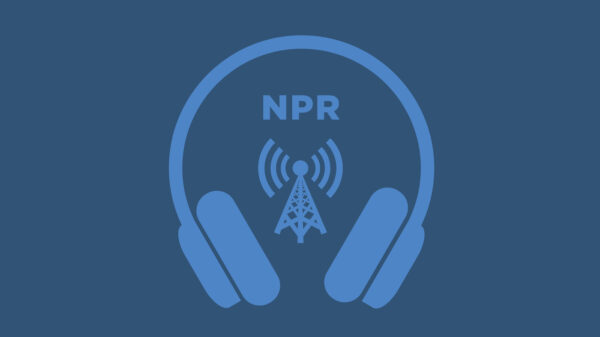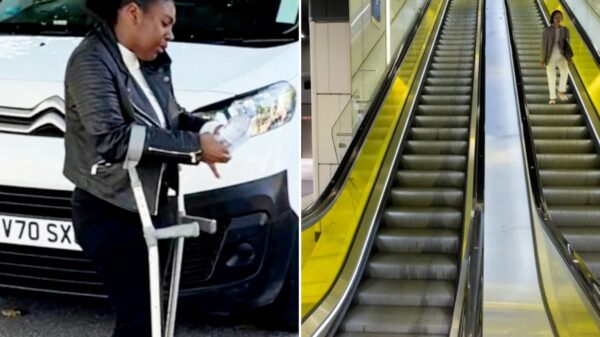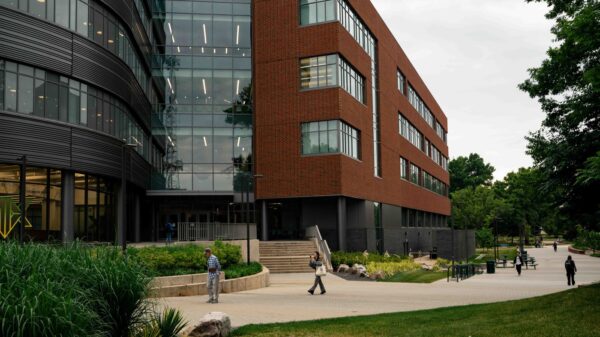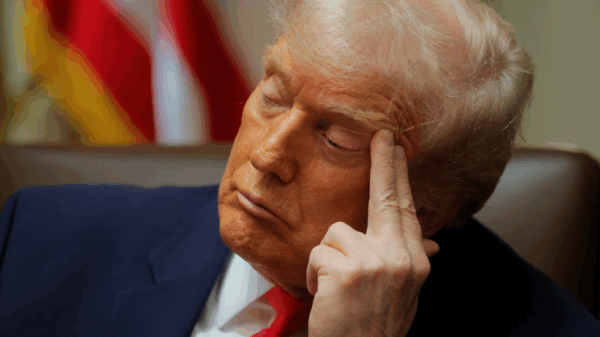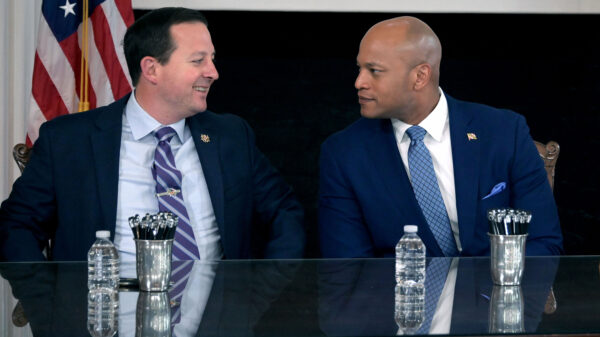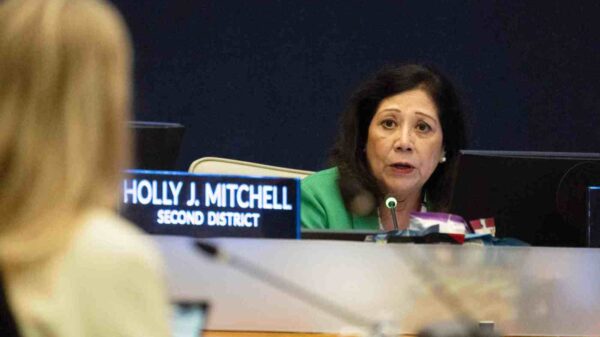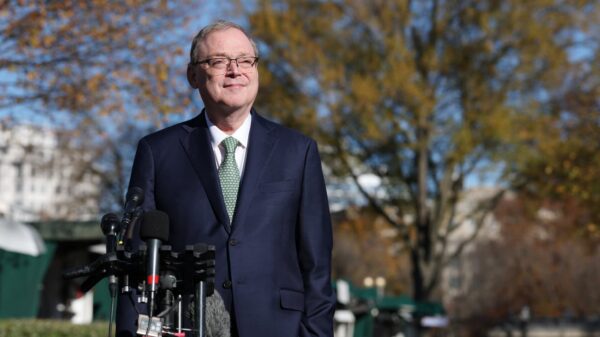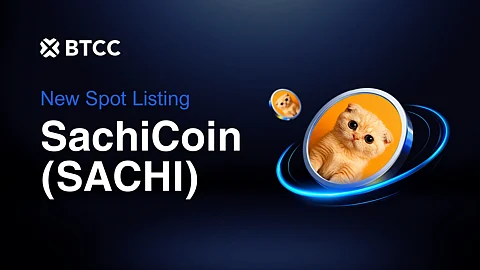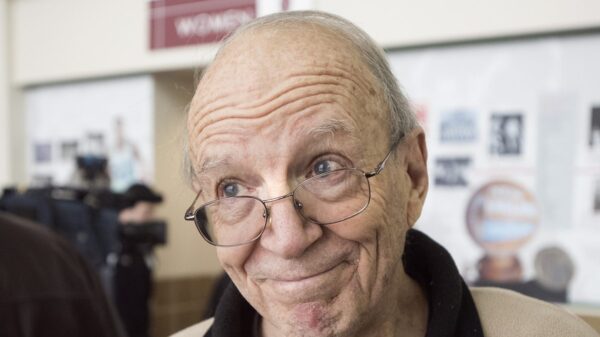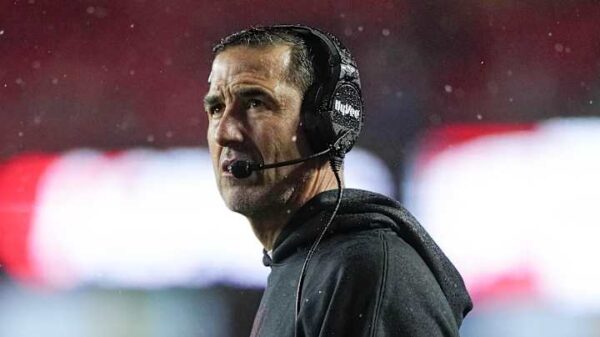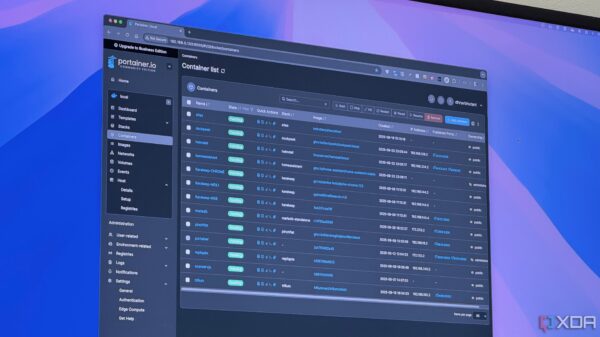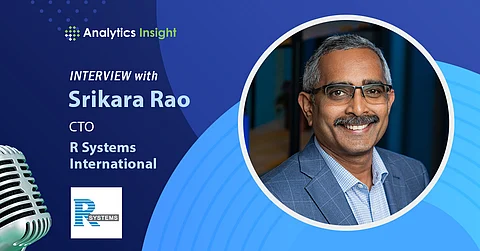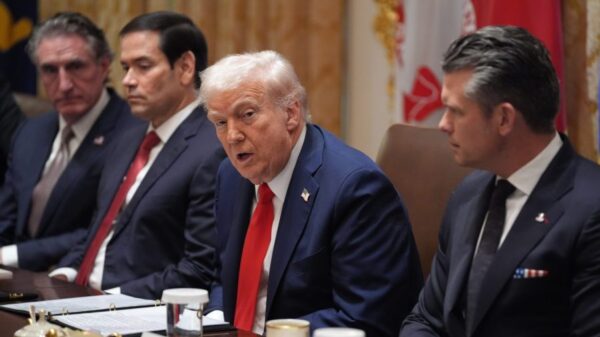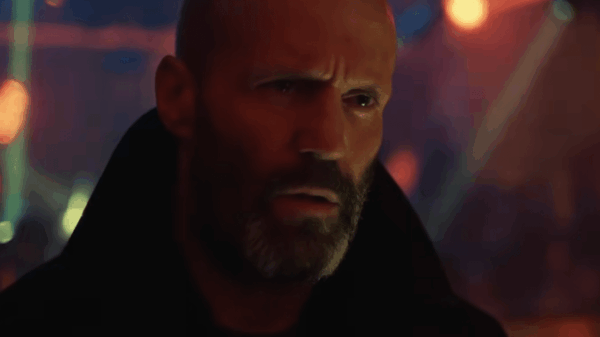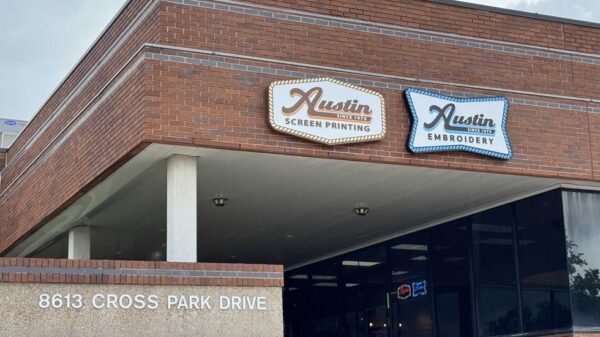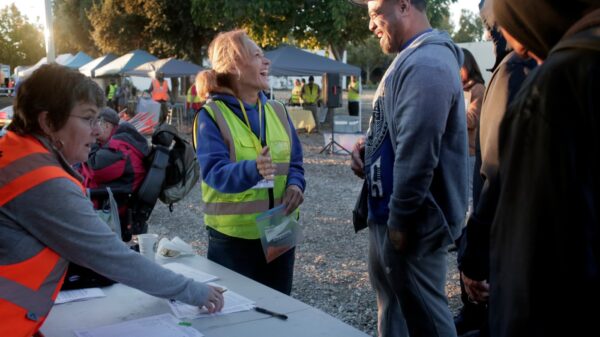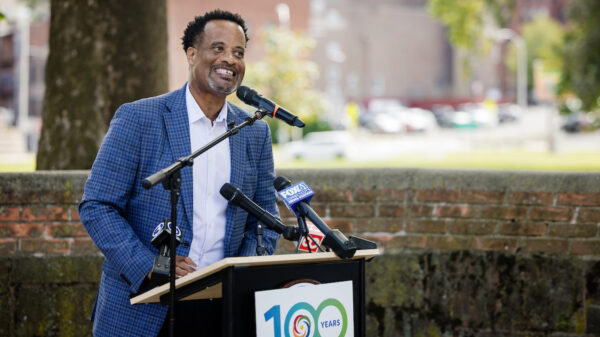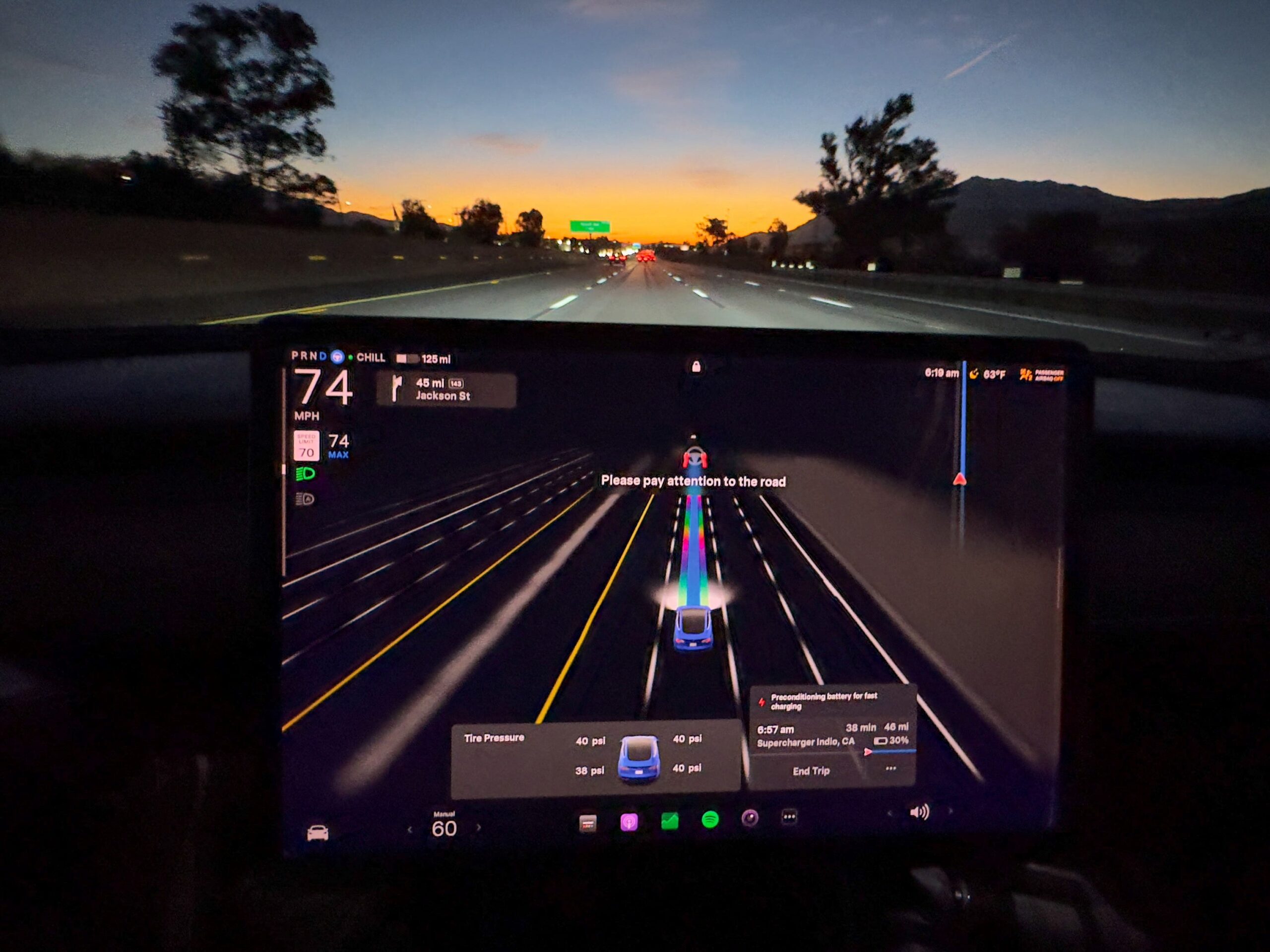Tesla’s ability to sell vehicles in California is uncertain following a weeklong court hearing that concluded on Friday. The California Department of Motor Vehicles (DMV) has accused the electric vehicle manufacturer of misleading consumers regarding its “Full Self-Driving” technology, alleging that the company engaged in false advertising. The DMV is seeking to suspend Tesla’s license to manufacture and sell cars in the state for a minimum of 30 days and is also pursuing monetary damages for affected consumers.
The DMV’s lawsuit, initiated in 2022, centers on claims that Tesla’s marketing misrepresented its driver assistance technologies, leading consumers to believe the vehicles were more autonomous than they truly are. During the hearing, DMV representatives highlighted that Tesla’s advertisements in 2021 and 2022 described its systems as capable of conducting trips without driver intervention. Ailene Short, branch chief of the licensing department at the DMV, stated, “Vehicles equipped with those ADAS features could not, at the time of those advertisements, and cannot now, operate as autonomous vehicles.”
Key Arguments and Testimonies
Tesla’s legal team defended the company against these allegations, arguing that it has always been transparent about the limitations of its technologies. Attorney Matthew Benedetto reiterated that Tesla has never concealed the fact that its vehicles do not possess full self-driving capabilities. “Cars with Full Self-Driving capabilities are currently not capable of driving themselves,” he stated during his cross-examination of DMV witnesses.
The DMV’s case was bolstered by testimonies from its representatives. Melanie Rosario, a commander-sergeant with the DMV Valley Area Command, expressed concerns about the terminology used by Tesla. She noted the term “Autopilot” could mislead consumers into believing the vehicle could operate independently, despite disclaimers advising drivers to remain alert and prepared to take control at any moment.
Bryant Walker Smith, a voting member of the Society of Automotive and Aerospace Engineers, emphasized the importance of clear communication regarding the distinction between driver assistance and automated driving features. He remarked, “Every driver needs to know without ambiguity or doubt… am I driving?”
In contrast, Tesla presented a survey conducted by marketing professor Stephen Nowlis, which suggested consumers were not confused by the terminology used. However, this survey did not account for all potential users of Tesla vehicles, raising questions about its comprehensiveness.
Implications for Tesla Amid Ongoing Legal Challenges
The stakes are particularly high for Tesla, as the company faces declining sales in the first half of 2025 and reputational challenges. Earlier this year, protests were organized at Tesla dealerships across the nation, fueled by public dissatisfaction with CEO Elon Musk’s association with the White House’s DOGE Office.
Legal expert Eric Goldman, a professor at Santa Clara University School of Law, described the DMV’s lawsuit as significant for Tesla. “Even if Tesla defeats this lawsuit, it’s not in the legal clear — it will still face scrutiny for its claims in other jurisdictions,” Goldman warned.
Tesla is already grappling with additional legal issues, including a wrongful death lawsuit in Florida related to a crash involving its Autopilot feature. In that case, a Tesla driver was reportedly using Autopilot when the vehicle collided with a parked SUV, resulting in the death of a 22-year-old woman. Tesla has maintained that the driver bears responsibility for the incident.
Furthermore, the company is facing a class-action lawsuit and an ongoing investigation by the National Highway Traffic Safety Administration (NHTSA) concerning the phenomenon known as “phantom braking,” where vehicles unexpectedly brake without cause, often at high speeds.
As the court deliberations continue, the outcome will have significant implications for Tesla’s operational capacity in California and its broader market strategy. The final ruling is yet to be announced, leaving the company and its stakeholders in a state of uncertainty.






